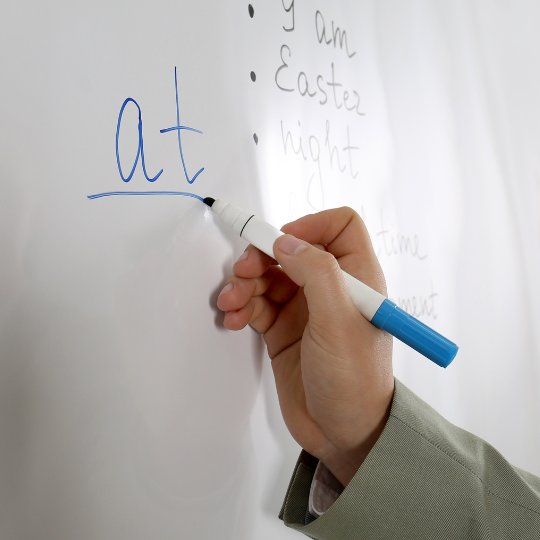Prepositions are small but mighty words in the English language. They show relationships between nouns or pronouns and other words in a sentence, indicating direction, place, time, and other abstract connections. Mastering prepositions can be challenging, but with the right tips and tricks, you can improve your understanding and usage of these essential words.
Understanding Prepositions
Prepositions are typically short words such as "in," "on," "at," "by," "for," "with," "about," "against," "among," and "between." They often answer questions like "where?" "when?" and "how?"
Examples:
- Place: The book is on the table.
- Time: She will arrive at 3 PM.
- Direction: He is going to the store.
- Manner: She spoke with confidence.
Common Prepositions and Their Uses
1. Prepositions of Place
- In: Used for enclosed spaces or areas.
- She is in the room.
- They live in New York.
- On: Used for surfaces.
- The book is on the table.
- There is a picture on the wall.
- At: Used for specific points or locations.
- She is at the door.
- We will meet at the cafe.
2. Prepositions of Time
- In: Used for months, years, centuries, and long periods.
- She was born in July.
- We will travel in 2024.
- On: Used for days and dates.
- The meeting is on Monday.
- His birthday is on May 5th.
- At: Used for precise times.
- The train arrives at 6 PM.
- She works best at night.
3. Prepositions of Direction
- To: Indicates movement towards a place.
- She is going to the park.
- They moved to a new city.
- Into: Indicates movement from outside to inside.
- He walked into the room.
- The cat jumped into the box.
- Onto: Indicates movement towards a surface.
- She climbed onto the roof.
- He put the book onto the shelf.
Tips for Mastering Prepositions
1. Learn Common Prepositional Phrases Prepositional phrases are groups of words that begin with a preposition and end with a noun or pronoun. Learning these phrases can help you understand how prepositions are used in context.
- Examples:
- At home
- In the morning
- On the way
- By car
2. Pay Attention to Verb-Preposition Combinations Some verbs are commonly paired with specific prepositions. These combinations can change the meaning of the verb.
- Examples:
- Look at (to direct your eyes towards something)
- Look for (to search for something)
- Look after (to take care of someone)
3. Practice with Examples Regular practice with sentences and examples can help reinforce your understanding of prepositions. Write sentences using different prepositions to see how they change the meaning.
- Example Sentences:
- She sat on the chair.
- The cat is under the table.
- They are traveling by train.
4. Use Visual Aids Visual aids such as charts, diagrams, and flashcards can help you remember prepositions and their uses. Associating images with prepositions can make it easier to recall their meanings.
- Example Visual Aid:
- A picture of a cat on a chair, a cat under a table, and a cat in a box with the corresponding prepositions labeled.
5. Read and Listen to English Content Expose yourself to English content such as books, articles, podcasts, and movies. Pay attention to how prepositions are used in different contexts and try to mimic those usages in your writing and speaking.
- Example Exercise:
- Read a short story and highlight all the prepositions. Analyze their usage and try to use similar structures in your own sentences.
Common Mistakes to Avoid
1. Mixing Up Similar Prepositions Some prepositions have similar meanings but are used in different contexts. Be mindful of these differences to avoid confusion.
- Examples:
- "In" vs. "At": She is in the office (inside the building) vs. She is at the office (at the location).
- "On" vs. "Onto": The book is on the table (resting on the surface) vs. He put the book onto the table (movement towards the surface).
2. Overusing Prepositions Avoid using unnecessary prepositions, which can make sentences awkward and unclear.
- Incorrect: Where are you at?
- Correct: Where are you?
3. Using the Wrong Preposition Ensure you use the correct preposition for the context to convey the intended meaning.
- Incorrect: She is good in math.
- Correct: She is good at math.
Conclusion
Mastering prepositions is a vital step in achieving fluency in English. By understanding their various uses, practicing regularly, and paying attention to common mistakes, you can improve your command of these essential words. Incorporate these tips and tricks into your language learning routine to enhance your English grammar skills.










